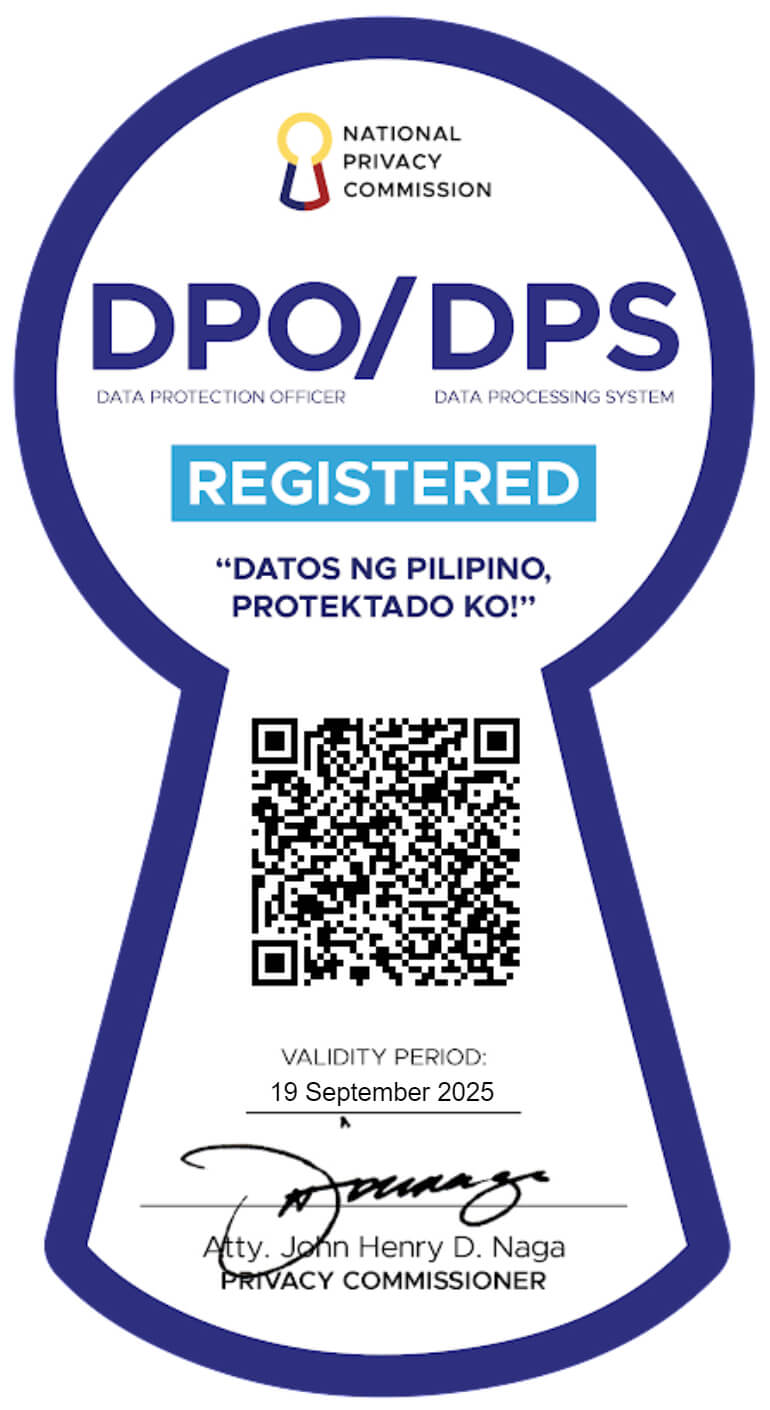-
About Us
Probe CX is a tech-powered, global customer experience organisation that amplifies human capabilities with technological excellence.
-
Awards and Accreditations
As an industry-leading CX and digital transformation provider, Probe CX has a resume to match any of our competition.
-
Compliance
Industry-recognised certifications to protect what matters most to our clients and their customers.
-
Locations
Over 19,000 team members delivering exceptional customer experiences across five countries.
-
Vision and Culture
We help our clients become modern digital organisations by combining the latest technology with people, process and data.
-
Executive Team
Meet the team with unmatched experience committed to helping organisations create environments for digitally-enabled CX to thrive.
-
 Blog
BlogDiscover the latest insights, information and trends in blogs created by customer experience experts.
-
 News
NewsLearn where Probe CX have been recognised in the news, including awards, accreditations, acquisitions, partnerships and more.
-
 Resources
ResourcesDownload our latest resources including whitepapers, case studies, tip sheets, reports and brochures..
A leading energy and gas industry retailer required support with credit collection activities and help to optimise their KMS.
- Blog
- An insider’s guide to workplace diversity and inclusion
An insider’s guide to workplace diversity and inclusion
A colleague recently asked how long I’ve spent in the outsourcing industry and, after taking a deep breath, I conceded that I’ve been doing what I do for more than 25 years. Two and a half decades. A quarter of a century. Oh, my goodness – where have the years gone?

As a human resources professional, I’ve seen so much change during that period and one of the most exciting in recent years has been the growing emphasis on workplace diversity and inclusion. From a time when so much as raising the gender pay gap was fraught with danger, we now work in an era where 76% of employees believe diversity is an important factor when considering a job1 and organisations that identify as more diverse and inclusive are:
- 35% more likely to outperform their competitors2;
- 87% better at making decisions3; and
- 70% more likely to capture new markets4.
It has been wonderful to see such change across many industries but I’m especially proud to say I work in a sector that has a long history of diversity in its workforce. I’ve always been fascinated by the incredibly diverse number of people you come across in the outsourcing community and how they are invariably accepted with open arms. It has been a gift to cross paths with so many people from different cultural identities and reinforced my belief that once you have heard someone’s story, it is hard not to look at them as a person.
While the world has come a long way since I accepted my first job, it goes without saying that we can always do better. On that note, here are six things I have learned during my journey that will help your organisation create a better environment when it comes to workplace diversity and inclusion.
What is workplace diversity and inclusion?
Workplace diversity and inclusion is the practice of making all team members feel equally involved and supported in all areas of a workplace, regardless of who they are or what they do. Diversity focuses on the representation or make-up of the organisation, while inclusion focuses on how well the contributions and perspectives of different groups of people are valued and integrated into an environment.
Benefits of workplace diversity
- Recruitment: companies that show a commitment to diversity and inclusion as part of the lived experience increase their chances of attracting talent who fit with their culture
- Problem-solving: Harvard Business Review4 has found diverse teams solve problems faster than those who share similar backgrounds, experience and cultures
- Global expertise: diverse workforces have a higher chance that employees will be fluent in different languages or experts in various cultures
- Brand reputation: companies that invest in diversity and inclusion practices are often viewed by consumers as more socially responsible.
1. See the human
It is a simple concept but sadly one that too many organisations fail to achieve. While diversity is all about recognising and appreciating what makes us different – from race and religion to gender and sexual identity – I’m a big believer in ‘seeing the human’ as opposed to any identified or labelled differences. Within our organisation, we encourage staff to bring their whole selves to the workplace and never feel the onus to hide aspects of who they truly are. Such an approach is less about policies and procedures and more about instilling a culture that reinforces that it doesn't matter where someone is from, how they identify or what they believe.
2. Embrace technology
With 18,000 staff across five countries and many of whom work remotely, our company created an online ‘Homebase’ that our people can access 24/7 from anywhere and connect with colleagues they may never meet in person. An unintended consequence of this technology has been the organic birth of forums and groups that allow people to unite, converse and bond over both their similarities and what sets them apart. From an LGBTQI+ forum to a group celebrating the Indian festival of Diwali, our team members have adopted the technology to create inclusive and accepting environments and the most exciting thing is it is being led by our staff rather than driven by management.
The evolution is particularly exciting given the large number of our workforce who work at home, including in remote communities. These Homebase groups are a chance to not only feel a connection with those outside their geographic regions but, more crucially, create an all-important sense of inclusion for staff who possibly need it the most.
3. Apply governance
While it is all well and good to talk up the benefits of online forums and groups, the need to promote constructive conversation is imperative. We highlight that they are not political platforms or tools for airing grievances but rather aimed at stimulating social connection. In the event they are not used as intended, we have a built-in alert that warns us when specific keywords are used, while staff can report any offensive language or comments to an administrator, who also conducts regular checks of posts. That said, we believe self-governance is important in the diversity and inclusion space as it allows people to have their own voice. We are mindful of not being the police force but merely providing support when it is needed.
4. Speak up
I have been around long enough to remember the days when people turned a blind eye to inappropriate comments, be it on the contact centre floor or around the boardroom table. There were occasions when I wondered if I was the only person offended by a colleague’s racist or sexist language, only to find out many workmates felt the same. It takes a certain amount of bravery to call somebody out in such a situation but that is what must happen in organisations that want to thrive and show a genuine commitment to diversity and inclusion. This is especially so for senior leaders, who must lead the way by speaking up when standards slip and, in turn, inspire conversations that help set their organisations on a path to a more inclusive future.

Source: Diversity & Inclusion in the Workplace: Impacts and Requirements (goodfirms.co)
5. Actively promote diversity
It is one thing to embrace diversity. It is another to actively promote it, both within and outside the business. More people than ever feel comfortable being themselves when they put on their work hats but there are many more who remain wary, if not fearful, of revealing their true selves. Making a declaration that ‘this is a diverse and inclusive workplace’ is a powerful statement that can give staff the confidence to raise any ideas that can lead to long-term benefits. On a similar note, many organisations fail to give themselves enough credit or kudos for what they have achieved in the diversity space. Celebrating investment in social change is a crucial step to bringing staff, customers and the wider community along for the ride.
6. Walk the walk
Diversity and inclusion is about more than simply making staff feel comfortable in the workplace. It is equally important to provide them with support when that may not be the case. This can include peer or manager support systems, while external agencies are another valuable resource for people who are at a point of vulnerability and in need of help or assistance. As an example, we partner with Sonder to provide frontline staff and management with access to professional support whenever and wherever they need it. A trial period showed 75% of support was for non-work-related issues and staff are now able to seek professional and independent help outside of work hours.
Summary
Diversity and inclusion are more than just buzzwords. By helping better support staff and build a positive culture, they play a key role in creating thriving businesses, inspiring existing employees to go to the next level and appealing to candidates in a tight labour market. The days when investing in such strategies were an add-on or nice-to-have are over. Today they are a necessity that make life all the better for both staff and their employers.
Organisations that fail to stay abreast of the latest workplace trends risk losing quality staff, failing to attract new talent and falling behind their competitors. Discover the ultimate guide for executives keen to stay on top of the social movements impacting today’s workplaces.
/page%20breakers%20-%203%20orange%20dots.png)
About the author
Elisha Parks is an experienced human resource professional, with an extensive knowledge of HR practices and proven employee retention skills. With more than 25 years’ of experience in the outsourcing industry, she has a demonstrated ability to partner with business stakeholders and department managers to drive positive culture and is passionate about inspiring others to be the best they can be.
Related Articles
Shared Services
Probe CX navigated the COVID-19 work-from-home debate.
Following the Contact Centre Week interview, Probe CX's CEO Andrew Hume discusses the work-from-home mobilisation of its global organisation and what it means for the future of work.
Customer Management and CX
Five workforce trends to watch in 2023
Discover the ultimate guide for executives keen to stay on top of the social movements impacting today’s workplaces.
Customer Experience CX
How to improve contact centre agent performance
Learn practical tips to improve contact centre agent performance in the modern-day contact centre.
© Copyright 2025 Probe CX | ProbeCX is a proudly owned subsidiary of Probe Group
Privacy Policy | Responsible AI Policy | Financial Hardship Policy | Whistleblower Policy | Complaints Procedure | Supplier Code of Conduct | Make a Payment | Client Login




